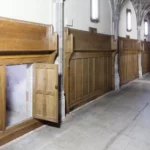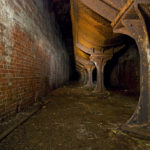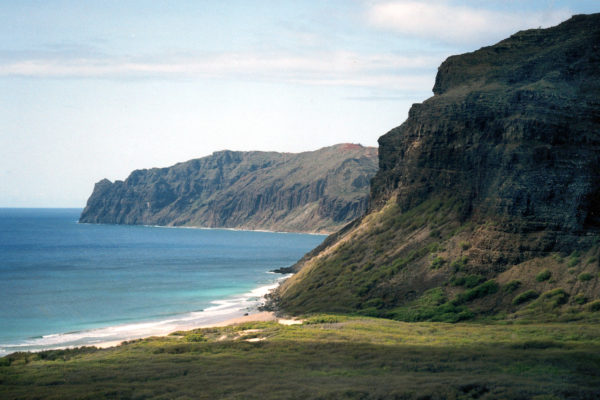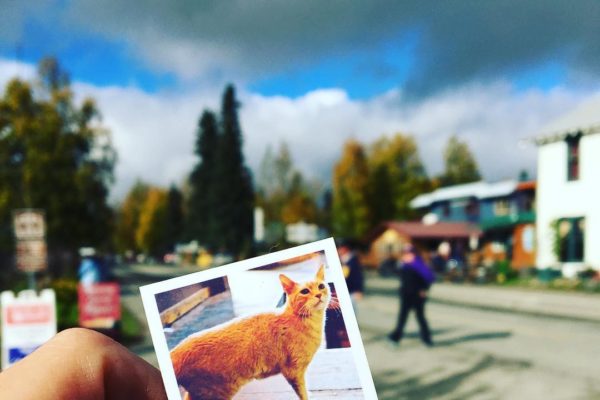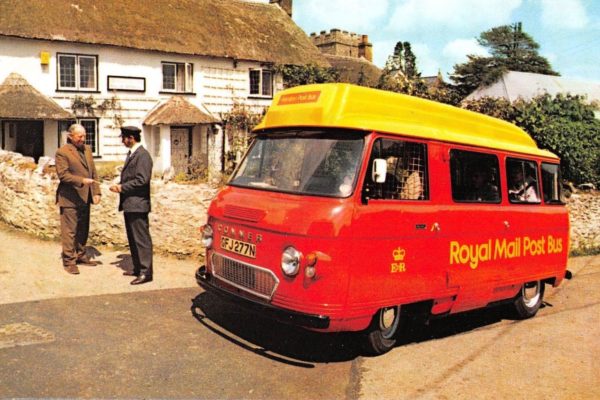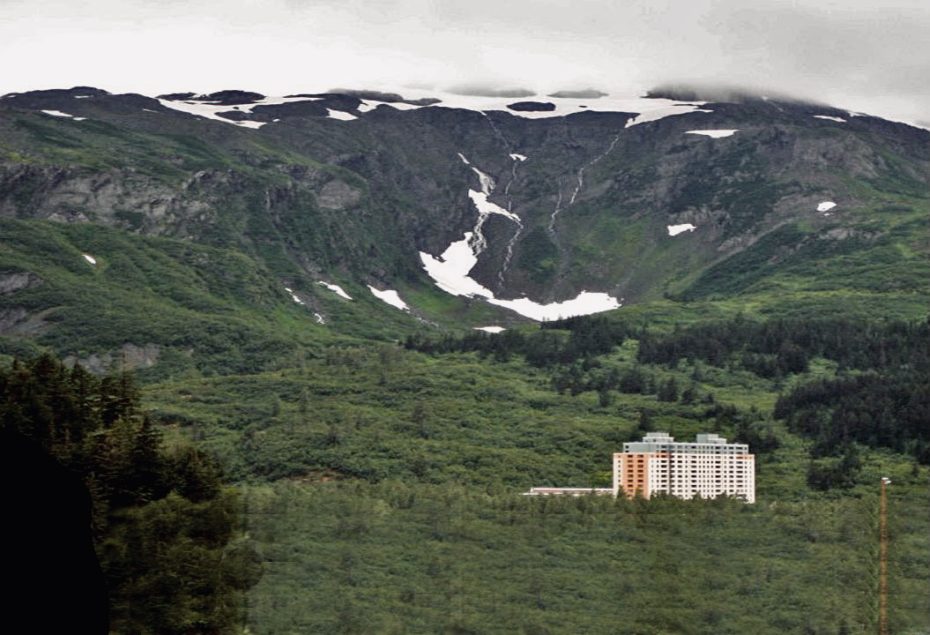
If you thought life in times of Corona couldn’t get any stranger, try living out 2020 in the town where the majority of the residents all live in one single building. Whittier, Alaska was founded in the mid 1950s, built as a military port and barracks for the US Army during the Cold War. When the military pulled out, 31 civilians stayed behind, and that’s how the community of Whittier today came to be. Most of the small town’s 300 hundred permanent residents (the population grows to 800-1000 during the summer) live in the Begich Towers, an apartment complex built in 1957 which also contains a post office, general store, hospital, the Whittier PD, the mayor’s office, a church, grocery, laundry, a small hotel, conference room and a pool. The school is also connected by an underground tunnel. Designed with Alaska’s severe weather conditions in mind, the 14-story building with 150 apartments is essentially a city under one roof, and residents don’t have to leave if they don’t need to. But in the summer of 2020, Corona virus moved in…
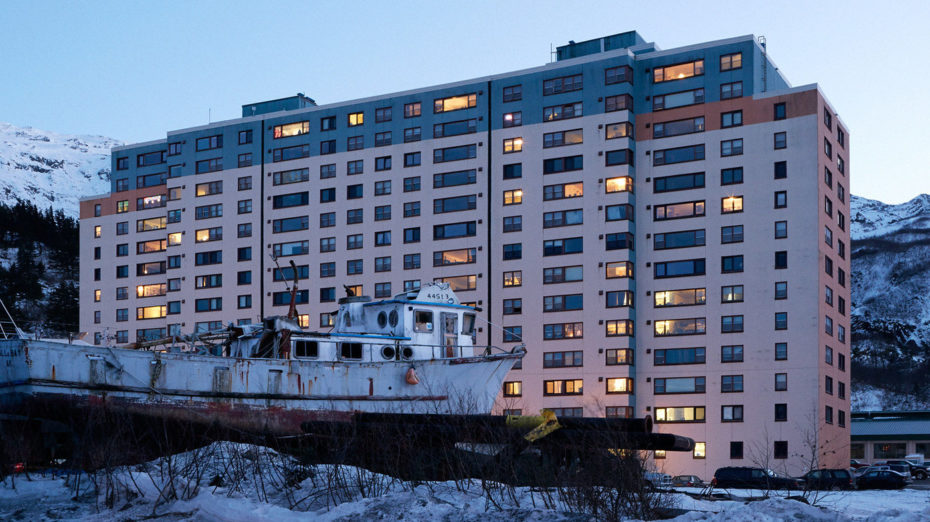
They say that Whittier is “unique even by Alaskan standards”. Isolating long before it was a health necessity, until the year 2000, the only way to even reach Whittier was by train via a 2.5 mile tunnel which was dug through a mountain in the 1940s.
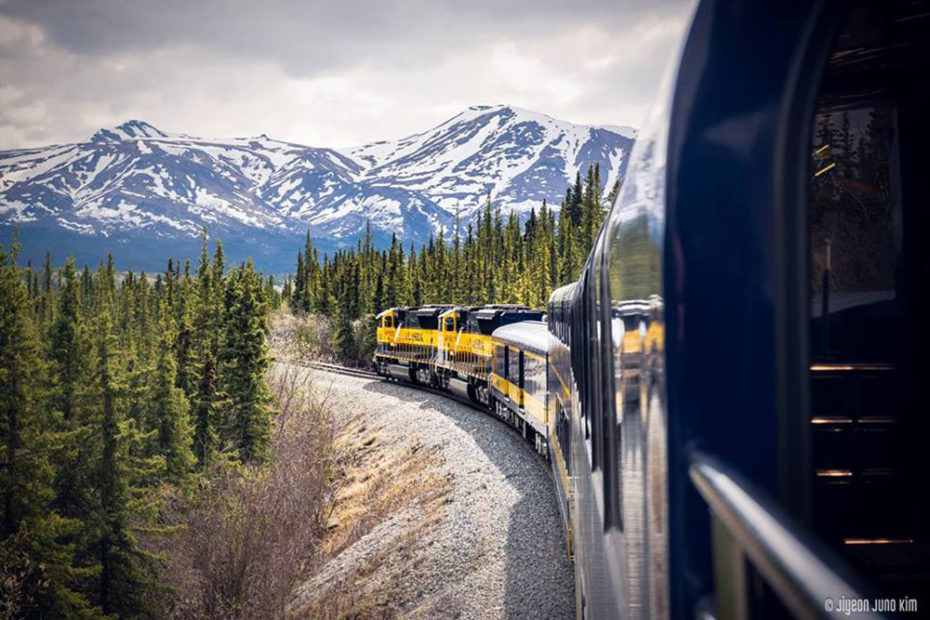
At the turn of the millenium, they widened the tunnel to allow people to drive their cars through the single lane tunnel tunnel, alternating with the train in timed passings. It closes every night at 10.30pm, cutting off Whittier’s connection to the outside world until the next morning. To get an idea of a day in the life of a Whittier resident, meet the community’s well-liked elementary school teacher:
At the start of the Covid-19 pandemic, they used this isolation to their advantage. Begich Towers implemented their own COVID precautions, publishing them via their newsletter and website. Residents were instructed to refrain from lingering in the hallways, cutting off what’s essentially considered their indoor “streets” and community corridors. Just as the sight of our own deserted cities felt entirely surreal during lockdowns, the silence of the Begich hallways has been one of the most eeriest results of the coronavirus for Whittier’s residents.

With the region’s weather being so challenging – we’re talking extreme 80 mile winds, snow two stories high and icy rain on the regular – going outside is rarely the more tempting option.
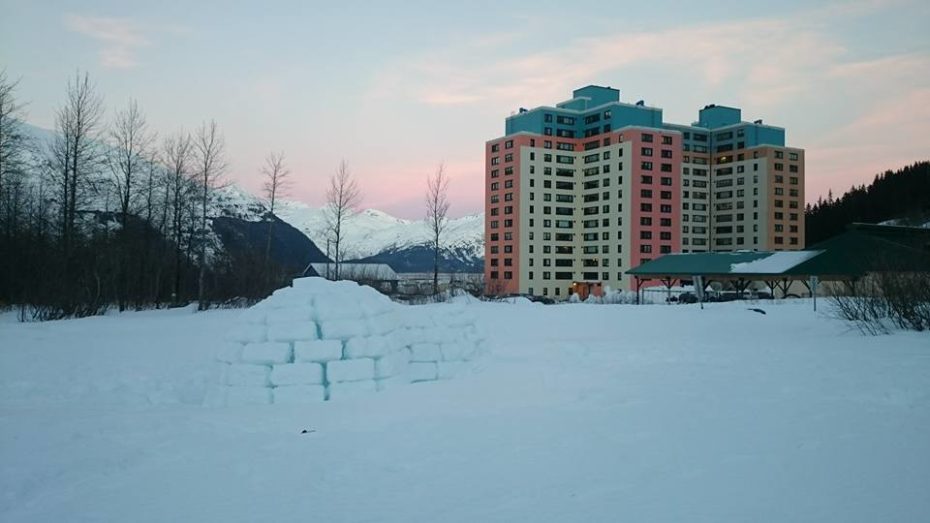
The elevators were limited to one family at a time and plastic gloves were advised for the the buttons. The church in the basement was closed, as well as the homeowner’s lounge and any other common areas for general use will remain closed “until the virus threat has passed”, reads the towers website. According to the city manager, Jim Hunt, because the whole building shares one ventilation system, most people taped over the vents in their bathrooms. Distopic to say the least, and of course, the virus still reached Whittier.
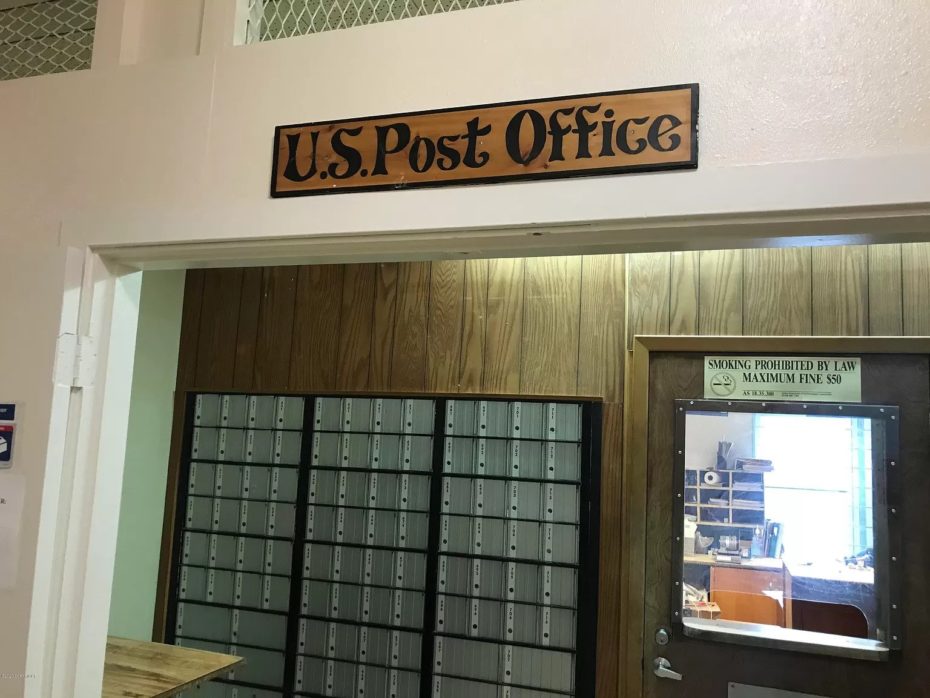
In mid-August, a family of six living inside the Begich Towers tested positive for coronavirus. The affected family self-isolated in their suite and the rest of the community pulling together to bring them food, supplies, etc. A month before that, there had been two reported infected cases of people who worked in businesses along the harbor and in June, eleven seasonal seafood processors also tested positive but left for the nearby city of Anchorage to quarantine and isolate along with their close contacts. Outside visitors were banned and residents hunkered down.
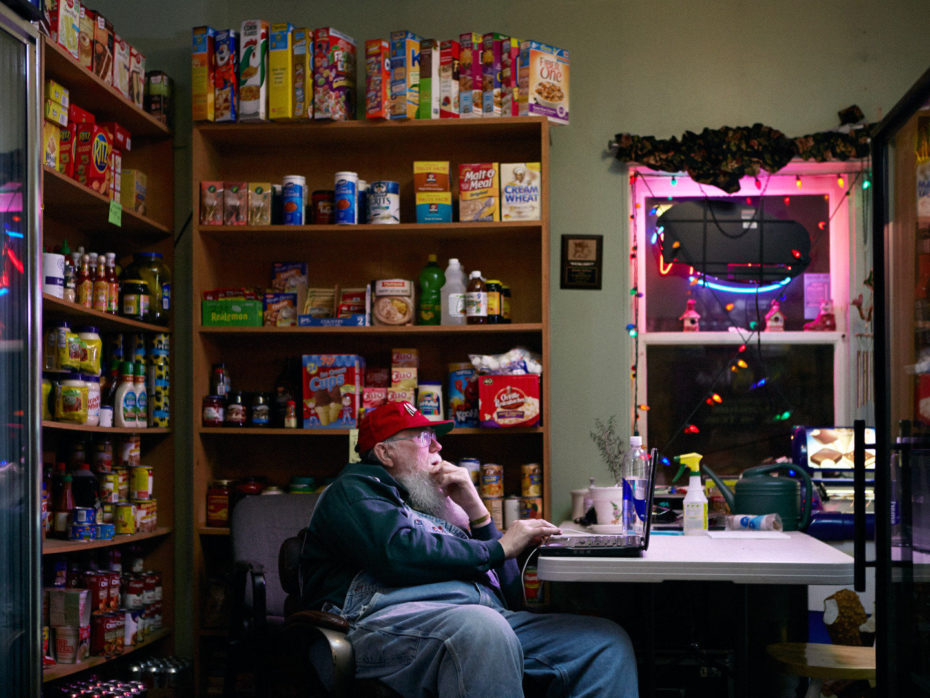
Resident and local cafe owner Kelly Bender reports that earnings are at least 50% down for all businesses in the town. One of Whittier’s biggest revenue streams is also tourism, which comes via the 40+ cruise ships that dock there each year, an industry which took a dramatic hit in the wake of Covid-19.
Whittier seems to have done quite well in controlling the virus however, and case numbers haven’t risen since that first outbreak, but a second wave may be lurking around the corner…
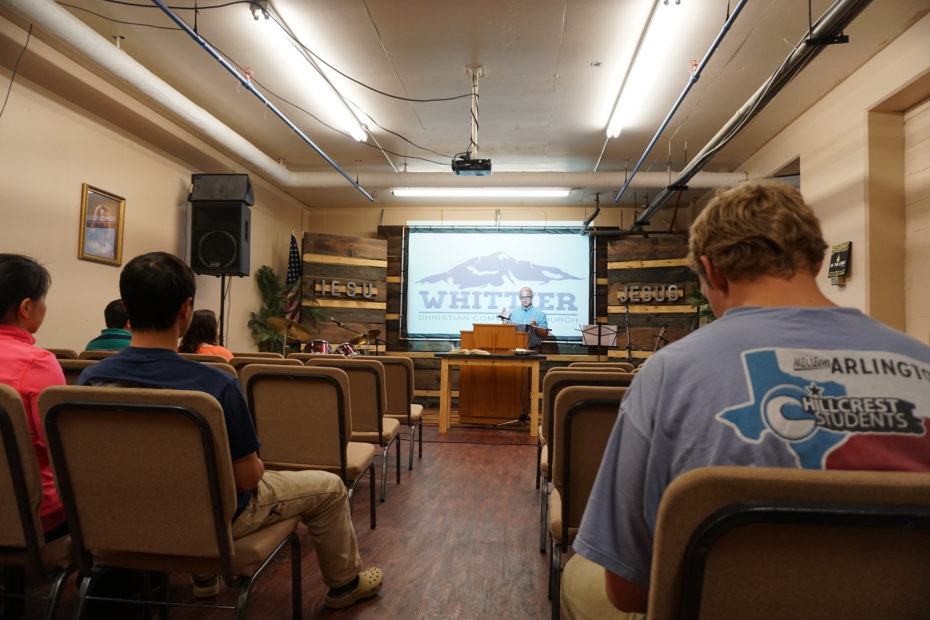
On a Facebook group for the community, one concerned resident posted this message just last week: “I’m assuming a lot of parents got a call from the school today to be informed that their child was exposed to Covid-19 for longer than 15 minutes.”
This is a developing story. But in the meantime, I thought we might talk about something else besides the pandemic in relation to Whittier and share a few fun facts about Alaska’s strangest town….
Fun fact number one: The residents have been referred to as “Whitiots”.
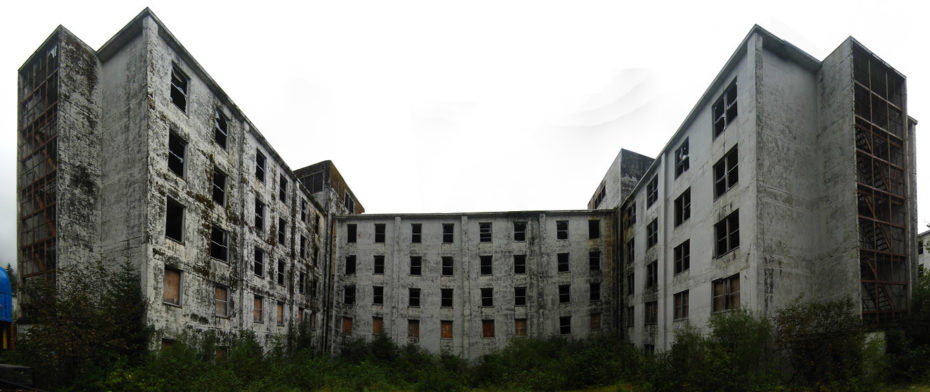
A ten minute walk across the port, there’s actually another building where everyone used to live before the Begich Towers became the principle residence, which is now abandoned and considered “haunted” by locals. Like its more recent counterpart, the Buckner Building was also a mini city under one roof and had its own theatre, a bowling alley in the basement and was the biggest building in Alaska at the time it was built. It’s a popular spot for urban explorers….
There’s also a pretty neat museum in town about the Japanese occupation in Alaska during WWII, and a few restaurants and shops on the water where you can reportedly find some of the best crab cakes of your life. And humpback whales have been spotted regularly from the shore.
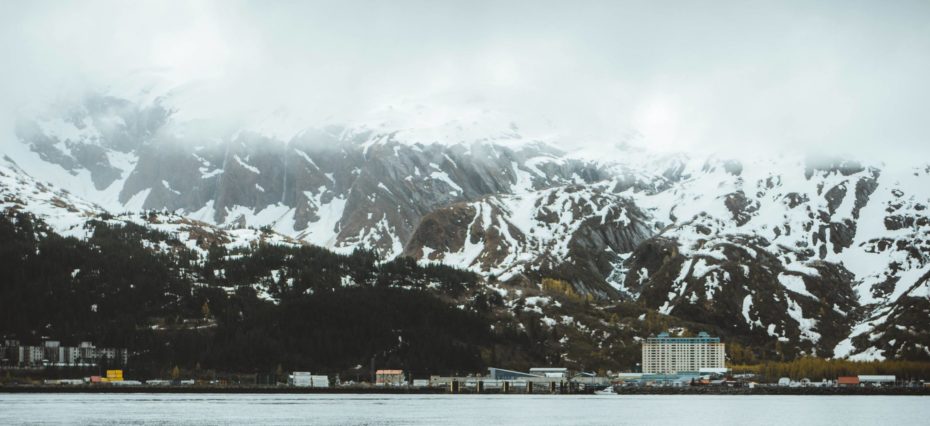
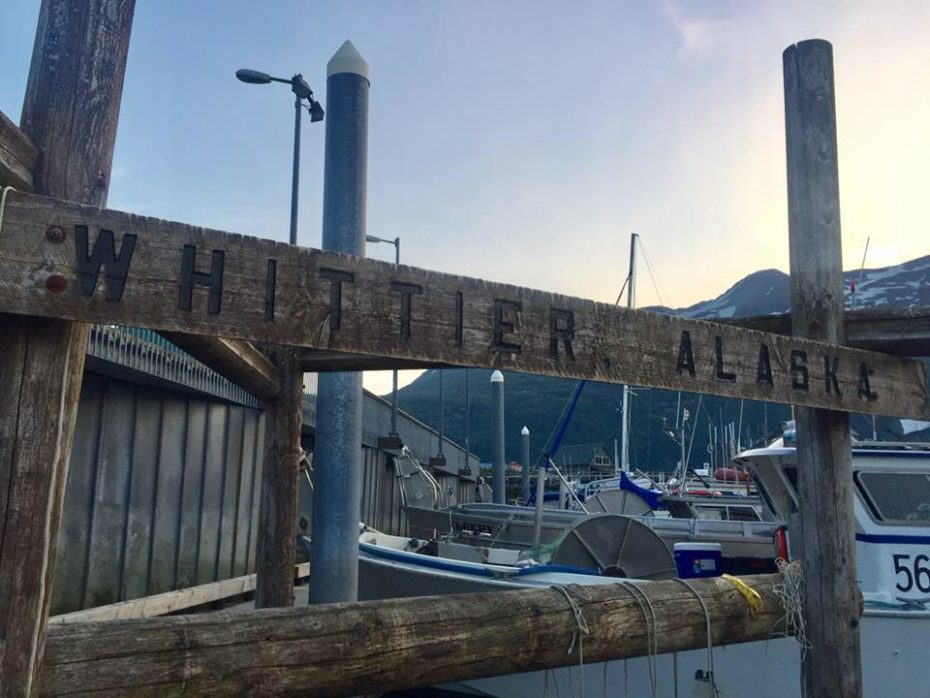
If you’re curious, take a look at this 5 bedroom condo in the Begich Towers for sale right now asking $125.000. You can also rent one of the Presidential Suites via Airbnb.
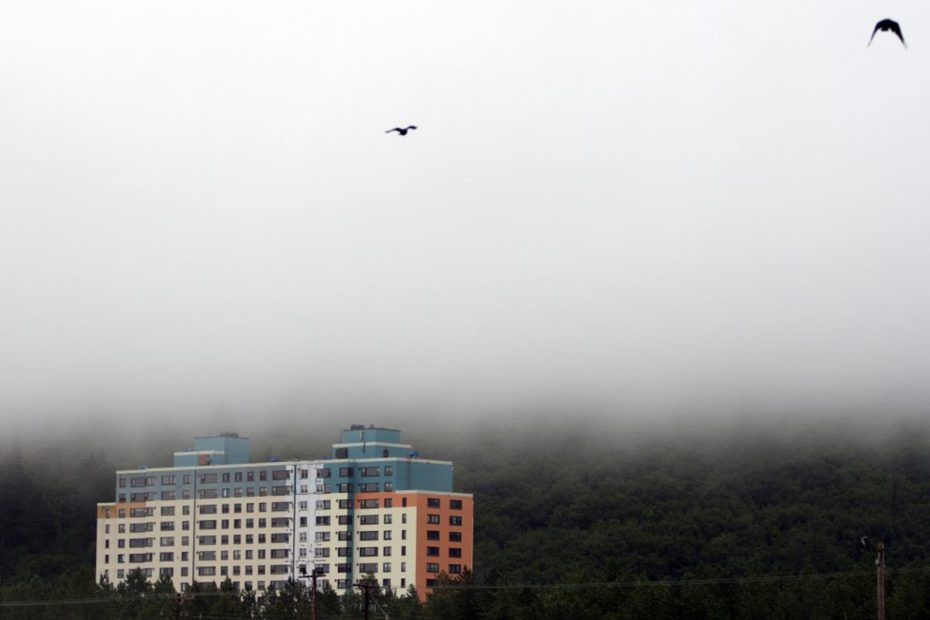
But perhaps you’re asking, why do the residents insist on living under one roof? The fact is that there just isn’t much usable land in Whittier. What is usable is mostly owned by the Alaska Railroad. But the towers also offer a sense of community in such an isolated place, not to mention the convenience of constant access to daily supplies without having to expose oneself to impossible weather conditions.
We’ve also heard their Swingers parties are epic! Kidding.



